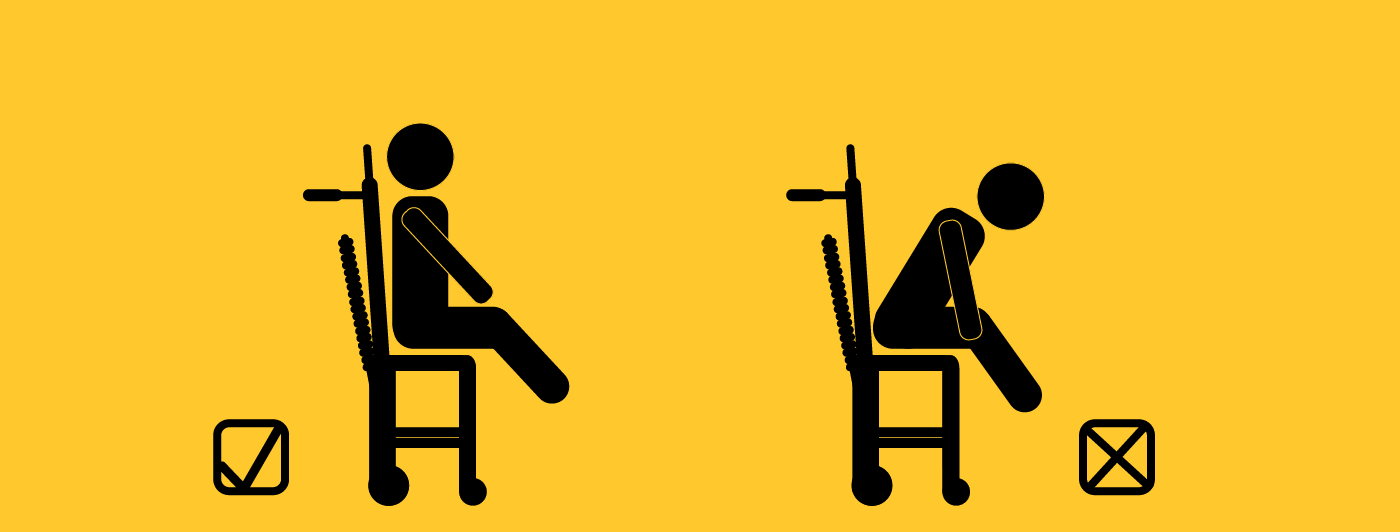When it comes to patient transport and mobility, the use of a stair chair can be a lifesaver. These innovative devices are designed to safely move patients up or down staircases, providing essential support for individuals with limited mobility. However, the key to a safe and accident-free transfer lies in proper patient positioning. In this blog, we will delve into the importance of ensuring that patients can maintain an upright seated position when using a stair chair. Understanding this fundamental aspect not only ensures the safety of the patient but also simplifies the task for caregivers and medical professionals.
1. Safety First: Preventing Accidents
The primary objective when using a stair chair is to transport the patient safely. One of the most critical factors in achieving this goal is proper patient positioning. Patients must be able to sit upright independently during the transfer. This seated position reduces the risk of accidents, such as falls or slips, which can occur if the patient is not adequately secured or positioned.
2. Comfort and Confidence: The Patient Experience
Proper patient positioning goes beyond safety; it also impacts the comfort and confidence of the patient. When individuals feel secure and supported in an upright seated position, they are more likely to remain calm and relaxed during the transfer. This sense of comfort can be especially vital for patients who may already be experiencing anxiety or discomfort due to their medical condition.
3. Easing the Task for Caregivers: A Win-Win
For caregivers and medical professionals, proper patient positioning simplifies the task of transferring the patient using a stair chair. When patients can maintain an upright seated position, it reduces the physical strain on caregivers, making the transfer more manageable. This not only benefits the patient but also ensures the well-being of the individuals assisting in the transfer.
4. Training and Education: Ensuring Proper Technique
Proper patient positioning begins with adequate training and education for caregivers and medical staff. Understanding the importance of this aspect and knowing how to assist patients in maintaining an upright seated position is essential. Regular training sessions and updates can ensure that everyone involved in patient transport is well-prepared and confident in their abilities.
5. Choosing the Right Stair Chair: A Key Decision
Selecting the appropriate stair chair for patient transport can significantly impact proper patient positioning. Consider factors such as the chair's design, harnessing system, and safety features when making this decision. The right chair can simplify the process of achieving and maintaining an upright seated position for patients.
In the realm of patient transport and mobility, the importance of proper patient positioning cannot be overstated. Ensuring that patients can remain seated upright independently is fundamental to their safety, comfort, and overall experience during the transfer. It also eases the task for caregivers and medical professionals, making the process more efficient and secure. As we prioritize patient well-being and safety, let's remember that proper patient positioning is a key component in providing excellent care.
Discover our range of stair chairs designed with patient safety and comfort in mind. Contact us today to learn more about how our solutions can enhance patient transport and mobility while ensuring proper patient positioning.



